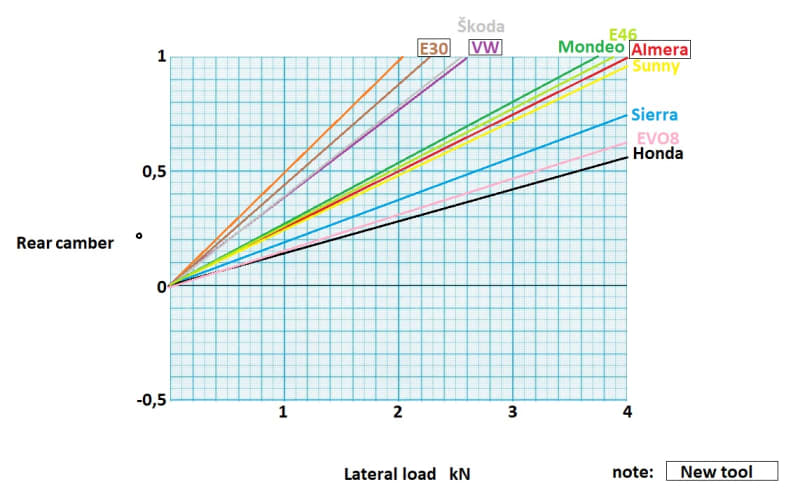Even if the car rolled 10 degrees per g and you jacked the front 'bump steer' (i.e. steer by roll) up to 10%, the lateral mu-slip curve for both tires as a pair is, or should be, already flatten out. Shoving another degree of steer angle at the front end won't/can't build any more force.
A video of the INSIDE tire at max lat may show you that it's actually working against you. That's a static toe or Ackermann issue. But you'll pay for it in other ways.
Remove some heavy stuff from the chassis, motor, bumper, or driver. At max lat, the tires only listen to Fz, camber, and temperature for a fixed pressure and wheel size family. [ Bleeders allowed ??? ].
If your trick book is already used up to change the front, you'll have to loosen the rear and live with the extra pain that goes along with it. It WILL re-balance the car but introduce some other bad habits (like lessening 'social distancing' from other cars, walls, and barriers.)!

